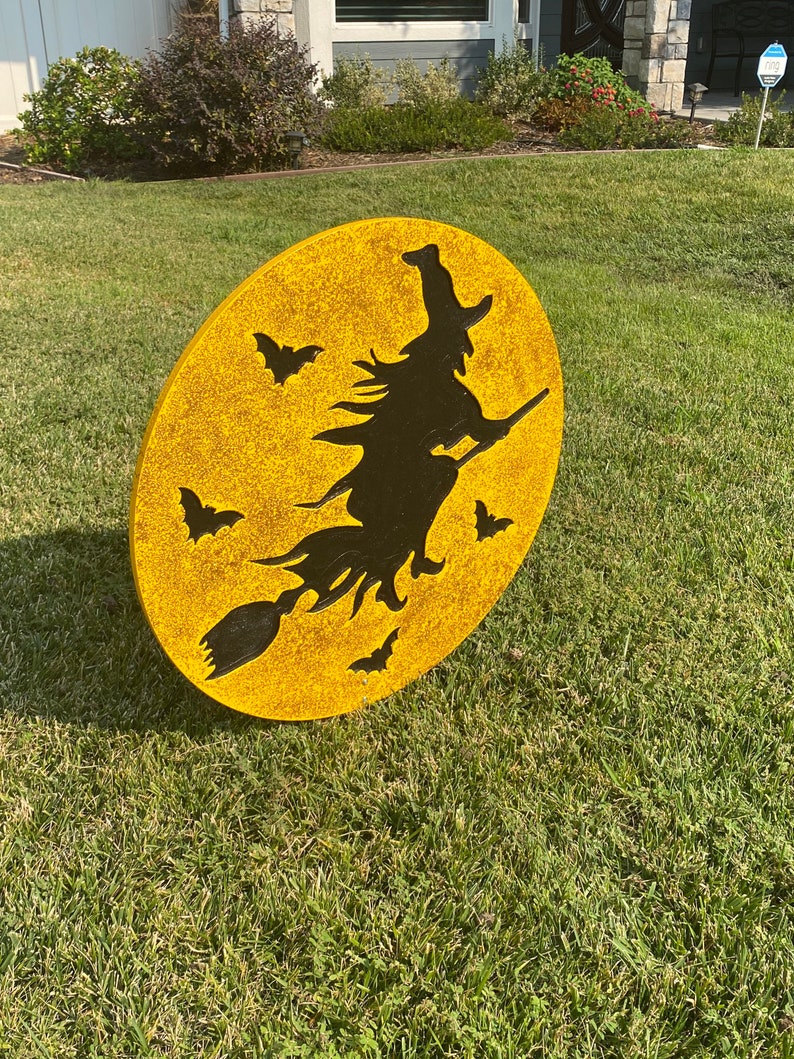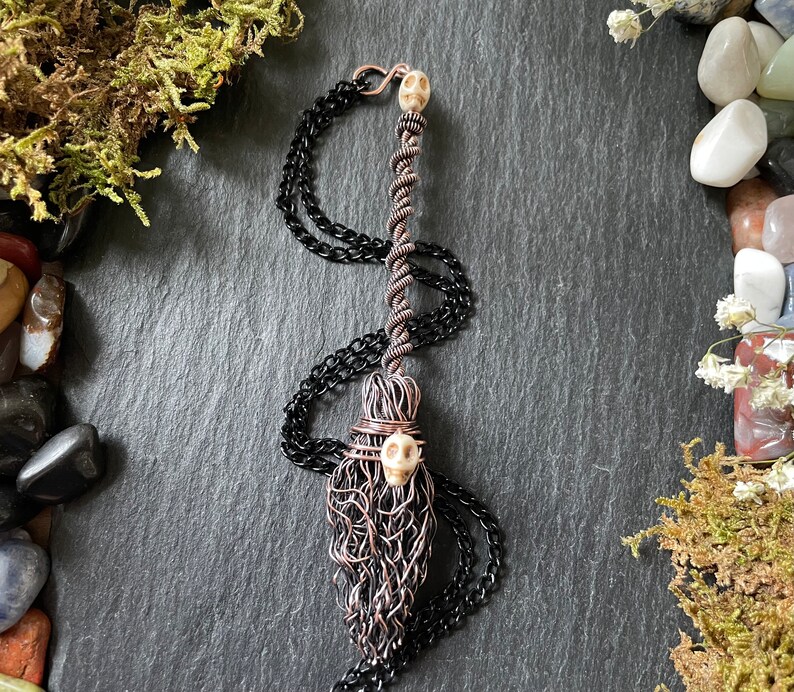
Just how did the alleged witches apply said ointments? The earliest clue comes from a 1324 investigation of Lady Alice Kyteler: These routes of administration also bypassed rapid metabolism by the liver (and severe intestinal discomfort) had these extracts been taken orally. Somewhere along the line, the observation was made that the hallucinogenic compounds, hyoscine in particular, could be absorbed through sweat glands (especially in the armpit) or mucus membranes of the rectum or vagina. During the Middle Ages, parts of these plants were used to make "brews," "oyntments," or "witches' salves" for witchcraft, sorcery, and other nefarious activities.

Hallucinogenic compounds called tropane alkaloids are made by a number of plants including Atropa belladonna (deadly nightshade), Hyoscyamus niger (henbane), Mandragora officinarum (mandrake), and Datura stramonium (jimsonweed).
#Witch and broom series#
The excerpts I'm about to give you come from a superb and accessible pharmacology text entitled, "Murder, Magic, and Medicine," by John Mann, host of the BBC Radio 4 series by the same name. The answer is alluded to by Karmen Franklin at Chaotic Utopia in her post as to why witches need to know their plant biology. Have you ever wondered, perhaps on 31 October, why witches are depicted as riding brooms? As it is likely you ended up here via a search engine, click here to go to the updated post.


Welcome, Reader: This post was updated on Halloween 2009 to remedy linkrot and add an interesting tidbit on the famous Macbeth passage.


 0 kommentar(er)
0 kommentar(er)
